CIE
Latest uploads at CIE. Looking for notes at CIE? We have lots of notes, study guides and study notes available for your school.
-
1647
-
26
-
126
Majors at CIE
Notes available for the following studies at CIE
-
Art History
-
Art and Design
-
Biology
-
Business and Management
-
Chemistry
-
Classical Greek
-
Classical Heritage
-
Comperative Government and Politics
-
Drama and Theatre
-
Economics
-
English
-
French
-
French (Short Course)
-
Further Mathematics
-
Further Mathematics (Short Course)
-
Geography
-
German
-
German (Short Course)
-
Global Perspectives (Short Course) (International version)
-
Global Perspectives (Short Course) (UK ONLY)
-
Global Perspectives and Research (UK Only)
-
History
-
Italian
-
Italian (Short Course)
-
Latin
-
Mandarin Chinese
-
Mandarin Chinese (Short Course)
-
Mathematics
-
Mathematics (Statistics with Pure Mathematics) (Short Course)
-
Music
-
Philosophy and Theology
-
Physics
-
Psychology
-
Russian
-
Russian (Short Course)
-
Spanish
-
Spanish (Short Course)
-
Sports Science
Popular books CIE

Garrett Nagle • ISBN 9781471868566

Garrett Nagle, Paul Guinness • ISBN 9781444123166
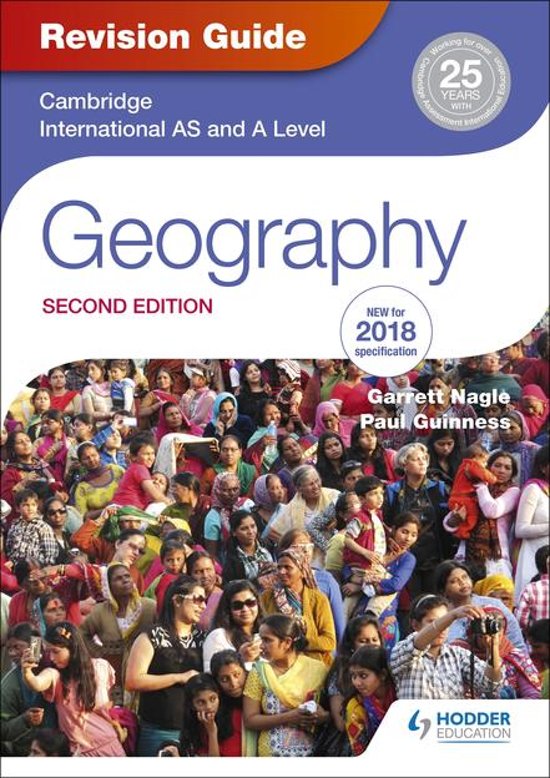
Garrett Nagle, Paul Guinness • ISBN 9781510418219
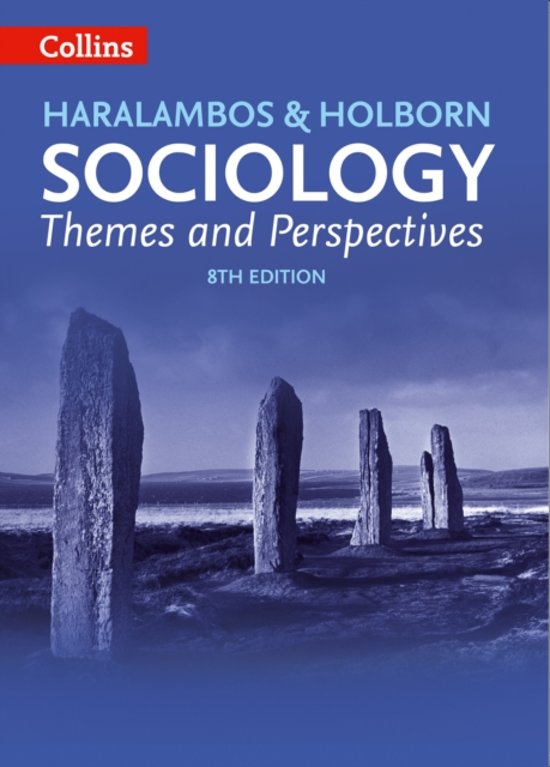
Michael Haralambos, Martin Holborn • ISBN 9780007498826
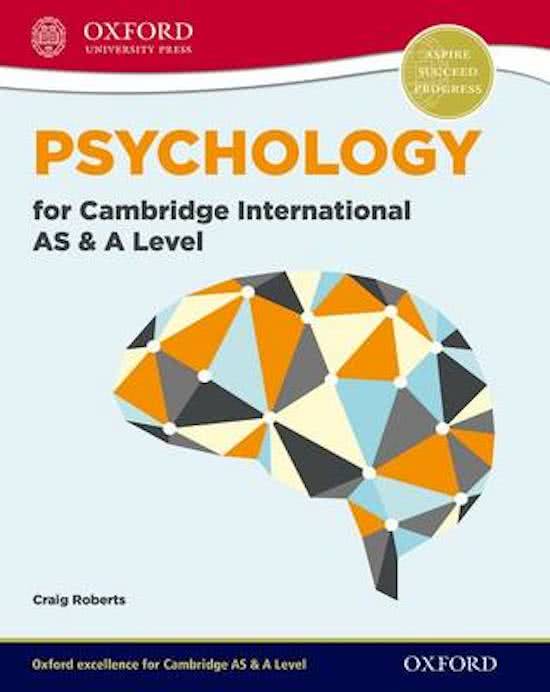
Craig Roberts • ISBN 9780198307068

Chris Livesey, Jonathan Blundell • ISBN 9781108739818
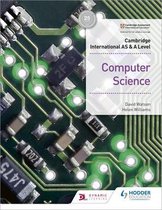
David Watson, Helen Williams • ISBN 9781510457591

Andrea Levy • ISBN 9780755307500
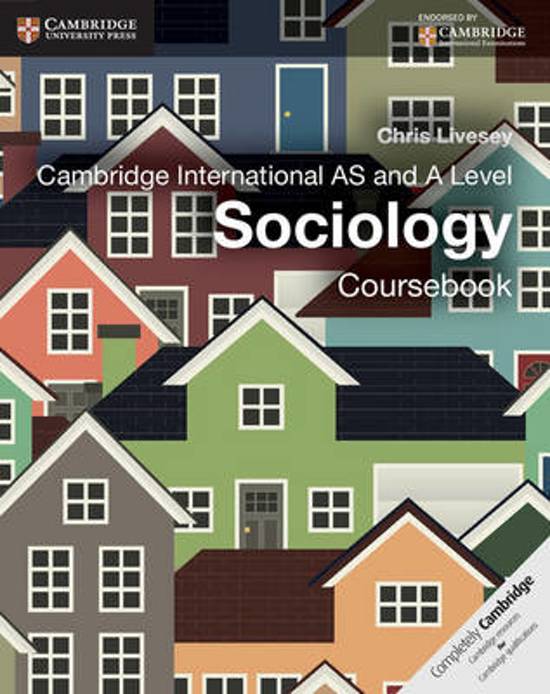
Chris Livesey • ISBN 9781107673397

Federico GarciA Lorca • ISBN 9781548966904
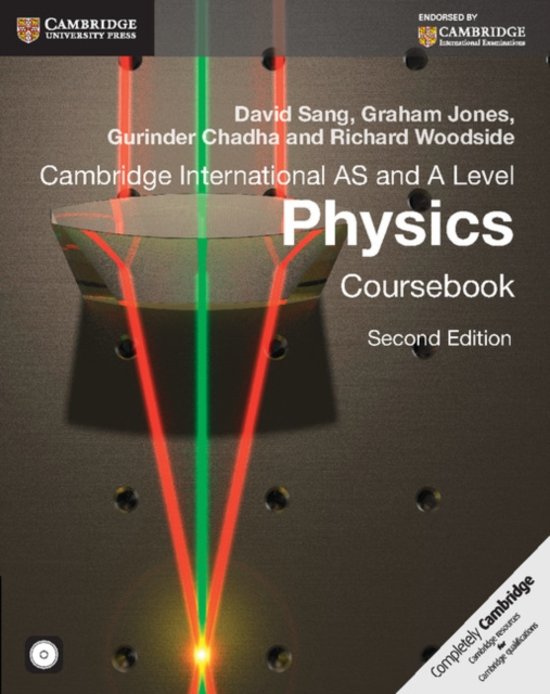
David Sang, Graham Jones • ISBN 9781107697690

Graham David Goodlad, Patrick Walsh-Atkins, Russell Williams • ISBN 9781108739795

Tim Marshall • ISBN 9781783962433
Latest notes & summaries CIE
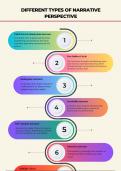
In this document there are definitions of all the different types of narrative perspectives; there are 12 in total. This can be used as a revision resource as it provides simpler definitions of these perspectives that could be found in prose.
- Other
- • 1 pages's •
-
CIE•Narrative types
Preview 1 out of 1 pages
In this document there are definitions of all the different types of narrative perspectives; there are 12 in total. This can be used as a revision resource as it provides simpler definitions of these perspectives that could be found in prose.

In this document there are two spider diagrams looking at the context of two periods, zooming into contextual aspects of conflict, the individual and society. All fo the context is for prose and poetry context and can be used for CIE A-level English Literature or Eduqas A-level English Literature. It also includes critical comments about society, conflict and the individual in these times.
- Other
- • 2 pages's •
-
CIE•Unseen Prose and Poetry
Preview 1 out of 2 pages
In this document there are two spider diagrams looking at the context of two periods, zooming into contextual aspects of conflict, the individual and society. All fo the context is for prose and poetry context and can be used for CIE A-level English Literature or Eduqas A-level English Literature. It also includes critical comments about society, conflict and the individual in these times.
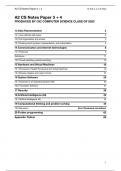
Self contained notes, ignore the badly written textbook, memorise everything in this notes, you will get A* definitely Updated syllabus including Artifical Intelligence (9618) for paper 3 and paper 4, AS (paper 1 + 2) is also available in my account
- Package deal
- Summary
- • 88 pages's •
-
CIE•CIE 9618 Computer Science Paper 3 + 4
-
WHOLE 9618 CIE Computer Science Course• Byryanfok
Preview 4 out of 88 pages
Self contained notes, ignore the badly written textbook, memorise everything in this notes, you will get A* definitely Updated syllabus including Artifical Intelligence (9618) for paper 3 and paper 4, AS (paper 1 + 2) is also available in my account
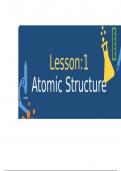
Comprehensive A-level Chemistry Unit 1 notes covering the fundamental topic of atoms. Dive deep into the world of atomic structure, exploring subatomic particles, electron configurations, and the periodic table. Understand key concepts such as atomic mass, isotopes, and electron shells, and their significance in chemical bonding and reactivity. With detailed explanations and diagrams, these notes provide a solid foundation for mastering the complexities of atomic theory and nuclear structure. Pe...
- Book & Paket-Deal
- Class notes
- • 67 pages's •
-
CIE•Unit 1 - Atoms, molecules and stoichiometry
-
Cambridge International AS and A Level Chemistry Coursebook with CD-ROM • Lawrie Ryan, Roger Norris• ISBN 9781107638457
-
Notes and Flash cards• Byaysegull5
Preview 4 out of 67 pages
Comprehensive A-level Chemistry Unit 1 notes covering the fundamental topic of atoms. Dive deep into the world of atomic structure, exploring subatomic particles, electron configurations, and the periodic table. Understand key concepts such as atomic mass, isotopes, and electron shells, and their significance in chemical bonding and reactivity. With detailed explanations and diagrams, these notes provide a solid foundation for mastering the complexities of atomic theory and nuclear structure. Pe...
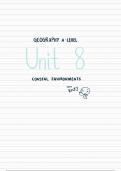
Unit 8 A level notes - Coastal environments. Includes: - Drawings - Diagrams - Photos - Explanations - Case Study 8.4 - Real-life examples Notes are digital, clean, and include everything for the exam.
- Other
- • 22 pages's •
-
CIE•Unit 2 - Advanced Physical Options
Preview 3 out of 22 pages
Unit 8 A level notes - Coastal environments. Includes: - Drawings - Diagrams - Photos - Explanations - Case Study 8.4 - Real-life examples Notes are digital, clean, and include everything for the exam.

this document contains not only all latest topical past papers questions for accounting depriciation for non current assets combined in one document but also contains notes of this topic in the beginning.
- Exam (elaborations)
- • 30 pages's •
-
CIE•9706
Preview 3 out of 30 pages
this document contains not only all latest topical past papers questions for accounting depriciation for non current assets combined in one document but also contains notes of this topic in the beginning.
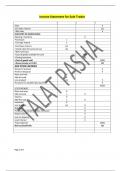
this document contains not only all formates for all topics of accounting in one document but also contains notes of all topic in the beginning.
- Summary
- • 11 pages's •
-
CIE•9706
Preview 2 out of 11 pages
this document contains not only all formates for all topics of accounting in one document but also contains notes of all topic in the beginning.
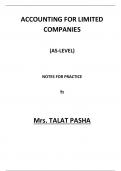
this document contains not only all latest topical past papers questions for accounting limited companies combined in one document but also contains notes of this topic in the beginning.
- Exam (elaborations)
- • 107 pages's •
-
CIE•9706
Preview 4 out of 107 pages
this document contains not only all latest topical past papers questions for accounting limited companies combined in one document but also contains notes of this topic in the beginning.
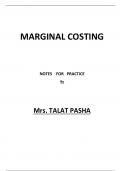
this document contains not only all latest topical past papers questions for accounting marginal costing combined in one document but also contains notes of this topic in the beginning.
- Exam (elaborations)
- • 135 pages's •
-
CIE•9706
Preview 4 out of 135 pages
this document contains not only all latest topical past papers questions for accounting marginal costing combined in one document but also contains notes of this topic in the beginning.
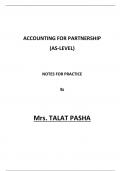
this document contains not only all latest topical past papers questions for accounting partnerships combined in one document but also contains notes of this topic in the beginning.
- Exam (elaborations)
- • 39 pages's •
-
CIE•9706
Preview 4 out of 39 pages
this document contains not only all latest topical past papers questions for accounting partnerships combined in one document but also contains notes of this topic in the beginning.
